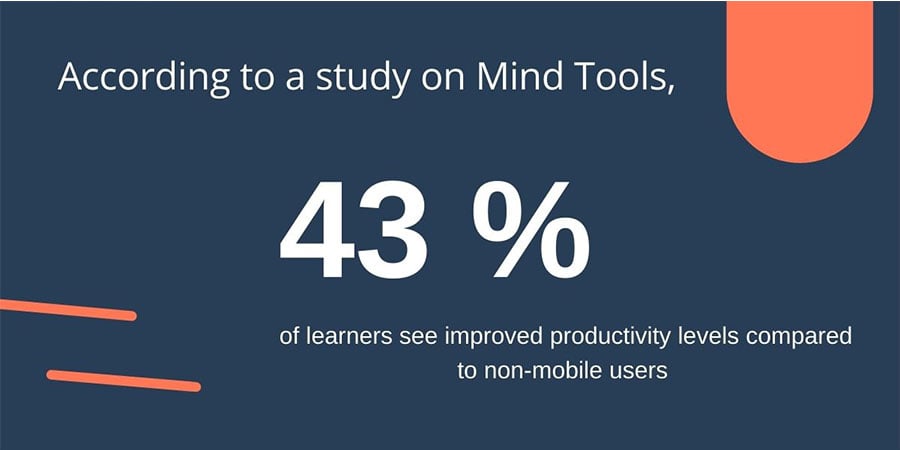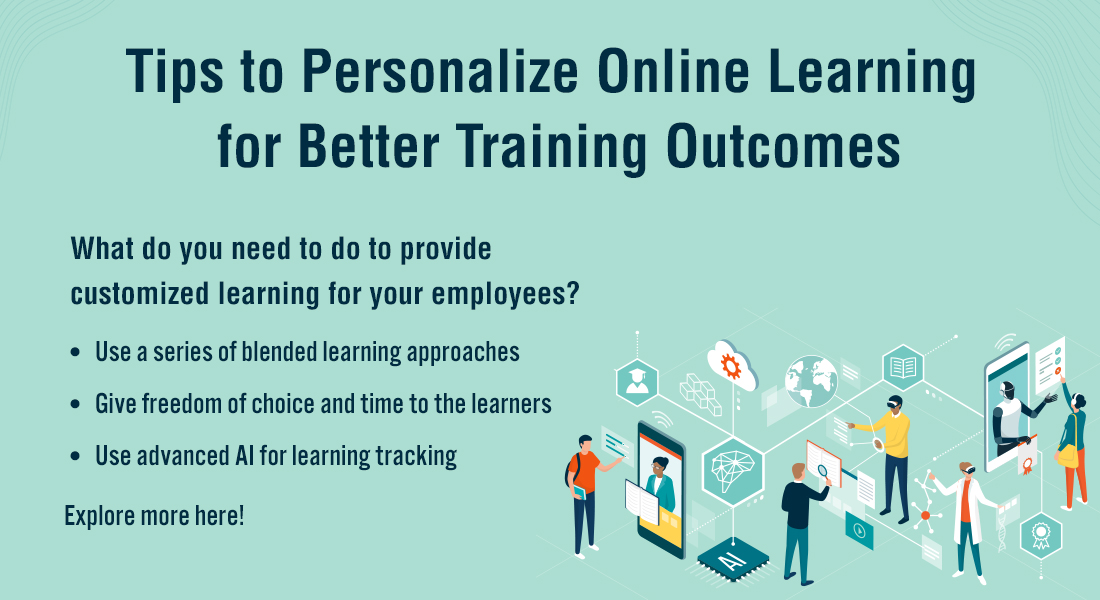8 Online Learning Trends and Challenges to Look Out for in 2024
From personalized learning and the rise of microcredentials to virtual classrooms, read on to explore what's on the horizon in corporate online learning.

Welcome to the future of corporate training, where innovation is the name of the game! In this dynamic landscape, learning and development (L&D) professionals are constantly seeking ways to enhance training effectiveness while adapting to the evolving needs of the workforce. As we set our sights on 2024, it's clear that the world of corporate training is poised for some exciting transformations, especially on the online learning front.
Online Learning is Set to Dominate Corporate Training in 2024
Here are the trends to watch out for:
- Personalized Learning
- Microcredentialing and Digital Badges
- Social Learning and Collaboration
(read on to explore more...)
In this blog, we'll dive into nine key online learning trends that will shape the corporate training landscape in 2024.
Key Online Learning Trends Dominating 2024
1. Personalized Learning
Imagine a training program that adapts itself to the needs and preferences of individual learners, delivering personalized content and recommendations. For instance, an online learning platform could use data analytics to assess learners' knowledge gaps, track their progress, and suggest targeted modules or resources based on their specific needs. This can be done using a learning management system (LMS) where the entire learning journey can be customized according to the learners’ needs and preferences.
Example: An employee working in sales can access an LMS to receive personalized modules on negotiation techniques, while someone in customer service might be recommended modules on effective communication skills.
2. Microcredentialing and Digital Badges
Microcredentialing and Digital Badges are digital credentials awarded to learners upon completing specific courses or demonstrating particular skills. They serve as visual proof of competency, enhancing resumes and professional profiles. Organizations can use them to validate specific skills or competencies acquired during online training, and thus motivate further learning.
Example: Employees who successfully complete a project management course might earn a digital badge indicating their proficiency, which they can showcase on their professional profiles or within the organization.
3. Social Learning and Collaboration
To enhance engagement and create a sense of community, corporate eLearning platforms can incorporate features that encourage social learning and collaboration. This includes discussion forums, virtual group projects, and opportunities for peer-to-peer knowledge sharing.

Example: Employees can participate in online learning forums to discuss industry-related topics, share best practices, and seek advice from colleagues, fostering a collaborative and interactive learning environment.
→ Register Now: The Potential of AI in Corporate Training [Webinar]
4. Virtual Instructor-Led Training (VILT)
Through virtual instructor-led training, organizations can deliver interactive and engaging learning experiences remotely. This includes live sessions with an instructor, real-time discussions, and opportunities for group activities.
Example: Employees in different locations can attend virtual workshops on leadership development, where they engage with the instructor and fellow participants through video conferencing and collaborative tools.
5. Data-Driven Learning Analytics
Learning analytics can provide valuable insights into learners' performance and engagement with online training programs. By analyzing this data, organizations can identify areas of improvement, personalize learning experiences, and measure the effectiveness of their training initiatives.
Example: Analyzing data from online assessments can reveal specific knowledge gaps among employees, enabling L&D professionals to address these gaps with targeted content or additional training resources.
6. Mobile-First Learning
With the growing reliance on mobile devices, online learning platforms can optimize their interfaces and content for mobile access. This allows employees to learn on-the-go and access training materials conveniently from their smartphones or tablets and also boosts employee productivity.

Example: Employees can access short video tutorials, interactive quizzes, and downloadable resources related to their training topics directly from their mobile devices, facilitating just-in-time learning even when they are away from their desks.
7. Blended Learning
Blended learning combines traditional in-person instruction with online learning components. This approach provides flexibility and a personalized touch while maintaining face-to-face interaction for certain aspects of training.
Example: Employees might attend in-person workshops for hands-on skills training while accessing online modules for theory and follow-up assessments.
8. Virtual Classrooms
Virtual classrooms replicate the traditional classroom experience online, offering live instruction, collaboration, and interactive learning tools in a virtual environment.
Example: Organizations can conduct virtual classroom sessions where employees participate in real-time discussions, group activities, and engage with instructors without physical presence.
Summing Up
These are a few trends that will dominate in 2024 and revolutionize corporate training in the time to come. And further, there’s one technology that’s going to play a key role in taking these trends further ahead – Artificial Intelligence (AI). Register to our upcoming webinar to understand the potential of AI in corporate training.





